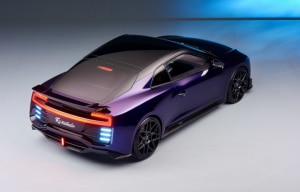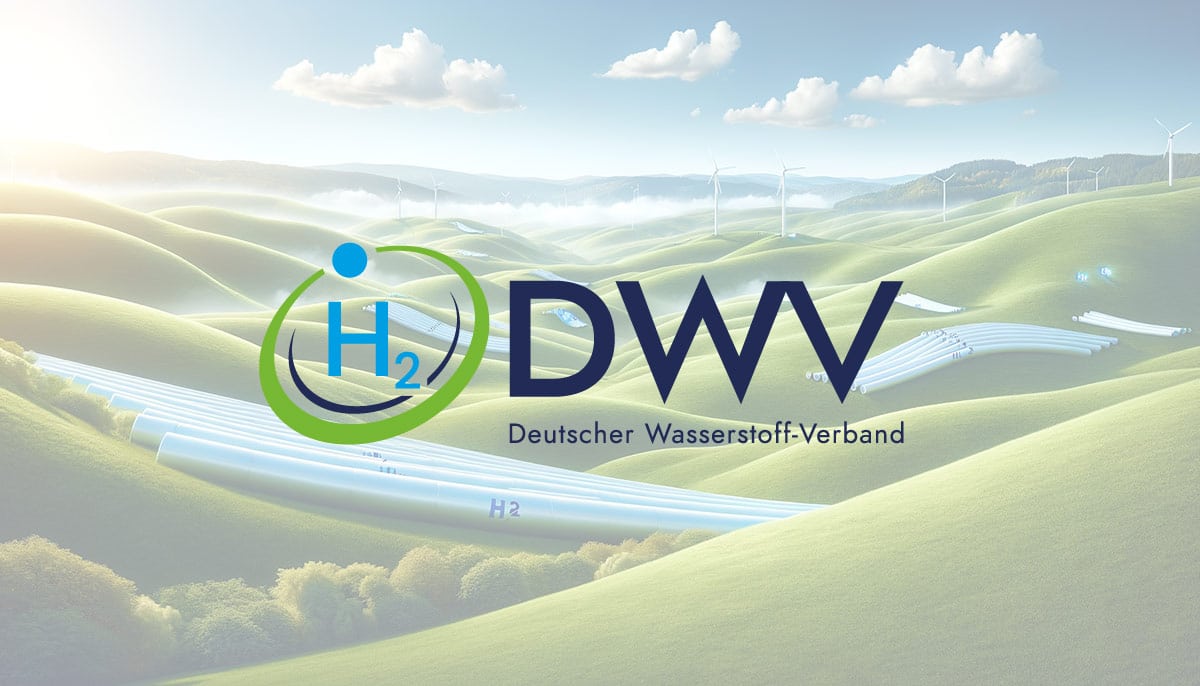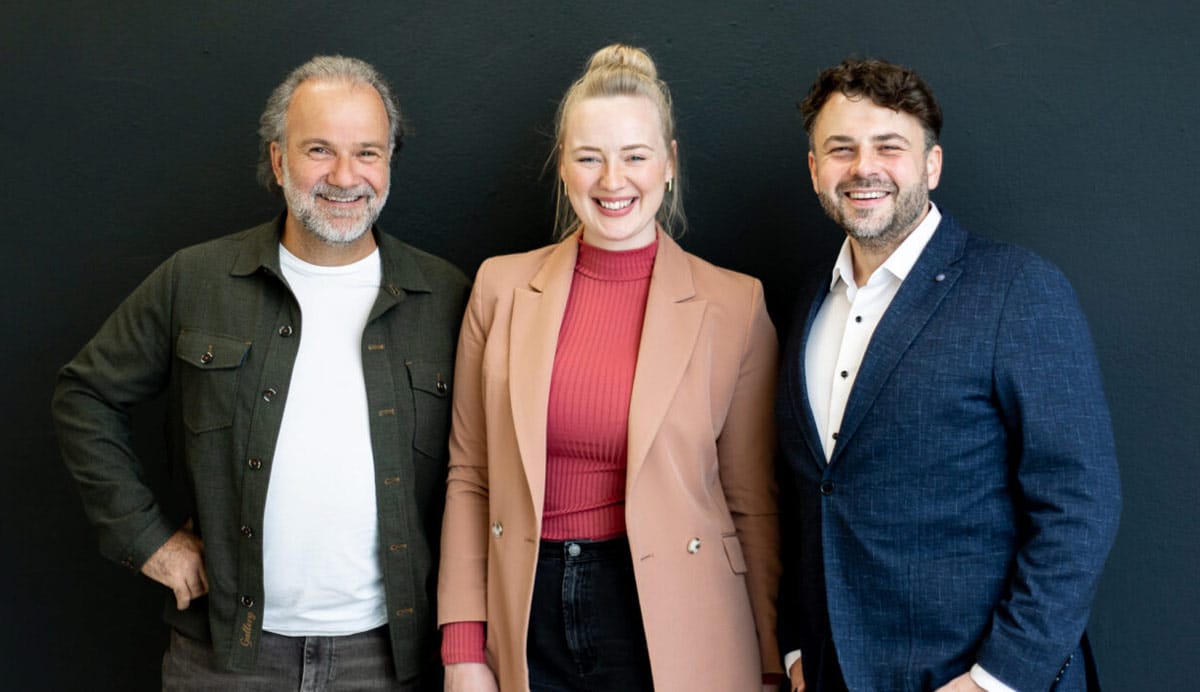
On March 5, at the Geneva International Motor Show, Roland Gumpert showed attendees his Nathalie Race, an electric sportscar named after his daughter. The distinctive feature of the coupe, unveiled in spring 2018, is the engine under the hood: Gumpert, who designed Audi Quattro’s four-wheel drive, said it had been important to him “to build an electric car that doesn’t grind to a halt because the battery is drained but generates electricity during the ride. To achieve this, we used a fuel cell that produces hydrogen from a methanol-water blend.” The fuel cell was made by Serenergy, based in Denmark.
Thanks to its four-wheel drive system, the car reportedly accelerates from 0 kph to 100 kph, that is, 62 mph, in 2.5 seconds, making it faster than a Tesla. Its top speed is 186 mph (300 kph), while it has a range of 528 miles (850 kilometers) when traveling at a steady 50 mph (80 kph). A limited edition of the vehicle, to be produced in Ingolstadt, Germany, is slated to arrive by the end of this year. It will be sold under the brand Gumpert Aiways, a joint venture that was set up with Chinese carmaker Aiways after Gumpert Sportwagenmanufaktur, a sports car manufacturer based in Altenburg, Germany, filed for bankruptcy protection in 2014.
























The Future in methanol! Metanol can be easily produce from natural gas – so VERY cheap + ALL profits and values of electromobile.
MeOH FC as vehicle drive train is not new. Xcellsis (later Nucellsys) in Kichheim Teck Germany worked on this technoogy for years. The last vehicle was the Necar5 using MeOH FC-System. It worked. But to be honest. You need to be able to offer a vehicle at a competitive price. Using a reformer, a syn gas cleaning unit etc. doesn’t help decreasing vehicle costs. Also efficiency decreases by evaporating MeOH/H2O mixture and reforming.
H2 FCs will have the cost advantage we are looking for. For all battery promoters. PEM FCs are H2/Air batteries. Anode is made from H2 und cathode from air. You don’t need to be an expert to understand that as long as you have electricity there won’t be ressource constrin on PEM FCs. … oh yes the platinum! The Platinum usage is continuously going down.
https://www.thedrive.com/tech/26050/exclusive-toyota-hydrogen-boss-explains-how-fuel-cells-can-achieve-corolla-costs
Nonsense, says Hirose: “Back when the first fuel cell vehicles supposedly cost a million dollars, we used 100 gram of Platinum in them. You can buy that for $3,000. Now we are using …” And he pauses. “Much, much less.” A back and forth ensues on how little Platinum goes into Toyota’s fuel cell stack, and finally, Hirose reveals that it is in the neighborhood of the platinum in a catalytic converter for diesel cars, which “uses around 10 grams of Platinum.”